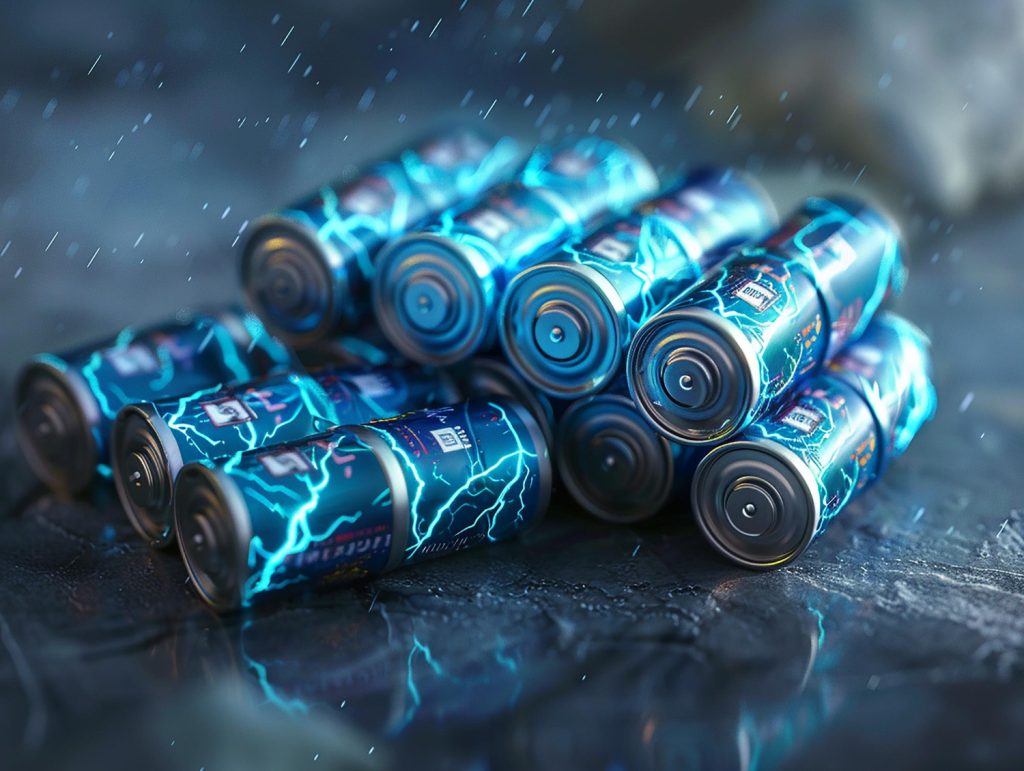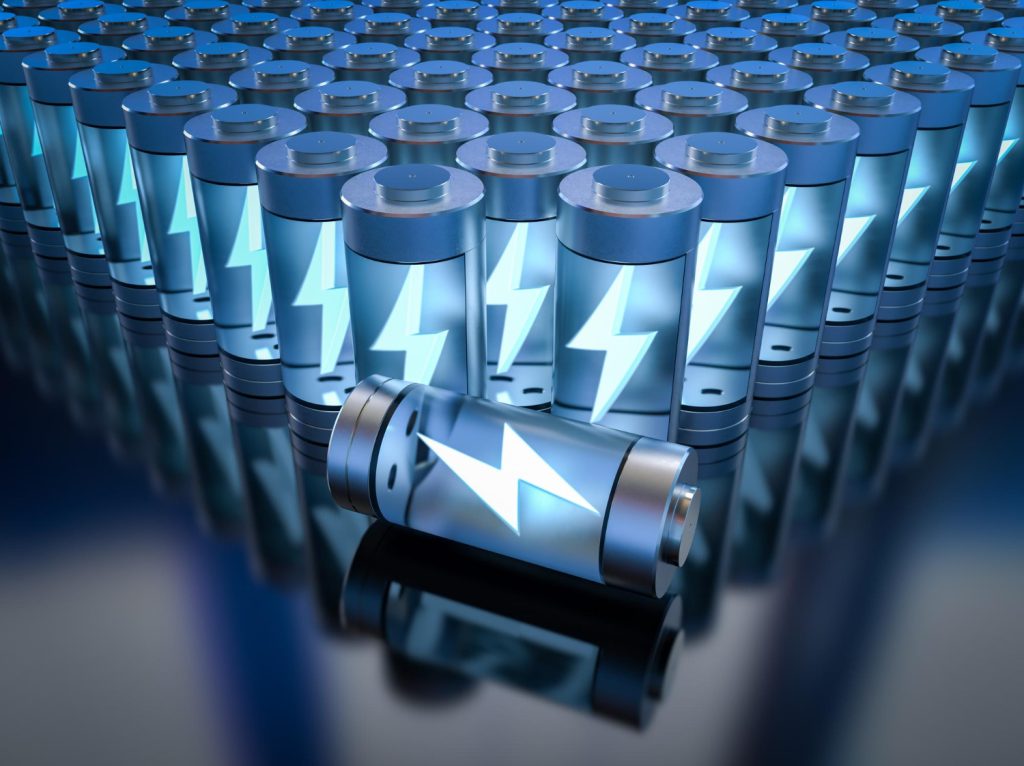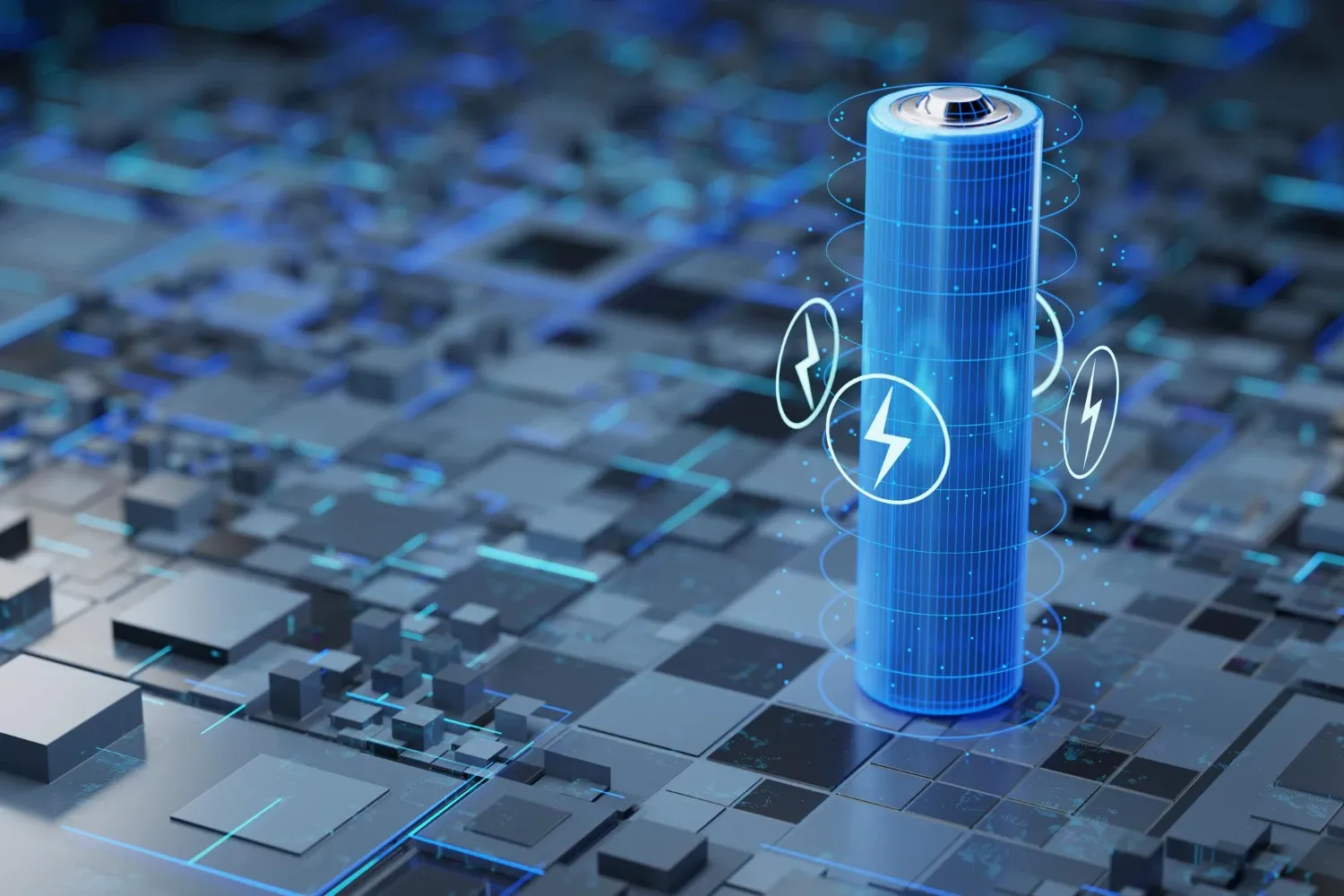In the rapidly evolving electric vehicle (EV) landscape, battery chemistry innovations continually redefine range, safety, cost, and sustainability benchmarks. While lithium-ion technology has dominated the sector for years, inherent challenges—ranging from resource constraints and fire risks to recycling complexities—have driven researchers and manufacturers to explore alternatives. Contemporary breakthroughs in sodium-ion cells represent one of the most promising avenues, offering the potential to alleviate raw material pressures and improve safety without sacrificing performance. At the forefront of this movement is Contemporary Amperex Technology Co. Limited (CATL), whose Naxtra™ sodium-ion batteries are poised to transform EV energy storage. Leveraging abundant sodium resources, novel electrode formulations, and proprietary cell designs, Naxtra aims to deliver competitive energy density alongside lower production costs and enhanced thermal stability. As automakers and energy storage integrators seek to balance affordability with reliability, CATL’s sodium-ion innovation could emerge as a game-changer, catalyzing broader EV adoption and reshaping supply chains for the next generation of green mobility.
The Rise of Sodium-Ion Technology

Sodium-ion battery research has matured significantly over the past decade, evolving from laboratory curiosities into scalable prototypes with real-world applicability. Sodium, unlike lithium, is abundant, geographically diverse, and inexpensive, mitigating geopolitical risks associated with lithium extraction in concentrated regions. Early sodium-ion cells suffered from low cycle life and limited energy density, but recent advances in cathode materials—such as layered oxides stabilized with trace metal dopants—and novel carbonaceous anodes have closed performance gaps. CATL’s Naxtra technology builds upon these advances by employing a tailored sodium nickel manganese cobalt oxide cathode paired with a hard-carbon anode, achieving cell-level energy densities approaching 160 watt-hours per kilogram. While still below the 250–300 Wh/kg typical of premium lithium-ion cells, this metric marks a substantial leap compared to earlier sodium-ion efforts capped near 120 Wh/kg. Moreover, CATL has optimized electrolyte formulations and electrode architectures to improve ion transport kinetics, thereby enhancing power delivery and charge-discharge efficiency at both ambient and subzero temperatures. These technical milestones have enabled the transition from proof-of-concept cells to full-scale battery packs ready for EV integration, signaling sodium-ion’s arrival as a viable complement to established lithium-ion platforms.
Advantages of Naxtra Batteries
CATL’s Naxtra sodium-ion batteries distinguish themselves through a compelling balance of cost, safety, and environmental impact. Sodium’s low raw material cost and abundance translate directly into reduced cathode and anode expenses, alleviating supply-chain volatility driven by lithium and cobalt markets. Additionally, sodium-ion cells inherently exhibit higher thermal stability; the electrolyte formulations used resist thermal runaway more effectively, and the operating voltage window mitigates oxidative stress at high states of charge. These characteristics collectively lower the risk of cell fires—a critical concern for EV safety and insurance liabilities. From an environmental standpoint, Naxtra’s reliance on earth-abundant elements simplifies end-of-life recycling processes, as sodium salts and hard-carbon anodes are easier to recover and reuse compared to complex cobalt-based chemistries. Furthermore, the cells are designed for long lifecycle durability, with CATL demonstrating capacity retention above 80% after 2,000 cycles in laboratory cycling tests. For fleet operators, ride-hail services, and residential energy storage applications, such cycle life equates to multi-year operational resilience, further reducing total cost of ownership and ecological footprint.
Comparative Cost Analysis
Cost competitiveness is central to Naxtra’s value proposition. While lithium-ion battery pack prices have fallen below $130 per kilowatt-hour at the cell level, material constraints and rising demand for EVs continue to apply upward pressure. In contrast, CATL projects Naxtra cell manufacturing costs under $90 per kWh—driven by the substitution of sodium for lithium, the elimination of expensive cathode precursors, and simplified electrode coatings. These savings extend to pack-level assembly, as the lower risk of thermal events reduces the need for elaborate cooling systems and fire-suppression mechanisms. Preliminary estimates suggest that EVs equipped with sodium-ion packs could command 10–20% lower battery system costs, enabling automakers to either reduce vehicle sticker prices or allocate budget to other performance-enhancing features such as more powerful motors or advanced driver-assist systems. For emerging markets and cost-sensitive segments, this margin can be pivotal, bridging the price gap between EVs and internal combustion engine vehicles. Additionally, CATL’s volume production strategy—leveraging its massive manufacturing footprint and long-term procurement agreements for sodium salts—reinforces economies of scale, potentially driving costs even lower over the next five years.
Safety and Stability Benefits
Safety remains a paramount concern in EV battery technology, and sodium-ion chemistry offers inherent advantages. Unlike traditional lithium-ion cells that may experience thermal runaway if internal shorts occur or if subjected to extreme heat, sodium-ion formulations employed in Naxtra maintain structural integrity under abuse conditions. The robust electrolyte compositions resist exothermic reactions, while the hard-carbon anodes minimize lithium plating risks during fast charging. CATL’s testing protocols indicate that Naxtra cells can endure nail penetration, overcharging, and high-temperature soak tests without propagating fire or explosive venting—benchmarks that surpass many mainstream lithium-ion variants. The reduced volatility also simplifies pack design, allowing for more compact cell spacing and lighter structural materials without compromising safety margins. In commercial and residential settings where batteries may be stored in proximity to occupants, this lower hazard profile translates to fewer regulatory hurdles and lower insurance premiums. Moreover, sodium-ion packs avoid cobalt’s ethical and environmental controversies, aligning with corporate social responsibility goals and reinforcing consumer trust in battery supply chains.
Performance and Range Considerations
Critics of sodium-ion technology often point to the lower energy density compared with state-of-the-art lithium-ion cells. However, CATL’s Naxtra batteries mitigate this limitation through strategic pack design and system integration. By optimizing cell packaging and thermal management within the battery module, CATL achieves volumetric energy densities nearing 300 Wh per liter, which compares favorably to many early-generation lithium-ion modules. This density supports competitive EV driving ranges—targeting 300 to 350 kilometers on a single charge for entry-level models, with higher-tier variants leveraging hybrid pack architectures that combine sodium-ion and lithium-ion cells to extend range beyond 500 kilometers. Fast-charging capability is also noteworthy; Naxtra cells can accept charge rates up to 3C (i.e., reaching 80% state of charge in 20 minutes) without significant lithium plating or degradation. For urban commuters and light-duty applications, these performance metrics align well with daily usage patterns, offering sufficient range, rapid replenishment, and dependable consistency across temperature extremes. While high-performance EV enthusiasts may still prefer premium lithium-ion-powered models, the incremental range trade-off is outweighed by cost and safety benefits for a broad swath of consumers.
Manufacturing and Scalability
A critical milestone for any emerging battery chemistry is the ability to scale production reliably and cost-effectively. CATL has invested heavily in retooling its existing gigafactories to accommodate sodium-ion cell lines, integrating molten salt processing systems, modified electrode coating installations, and specialized drying chambers tailored for sodium-based chemistries. By leveraging its vast infrastructure—capable of producing over 150 gigawatt-hours annually—CATL anticipates that Naxtra cell output can enter mass production by 2026. Strategic supply agreements secure sodium carbonate and sodium hexafluorophosphate feedstocks at stable prices, insulating production from commodity market volatility. Additionally, CATL collaborates with local governments and research institutes to develop sustainable sodium harvesting methods, including seawater extraction and recycling of industrial brines, further bolstering raw material security. Quality control is enforced through automated optical inspection and electrochemical impedance spectroscopy at the wafer scale, ensuring high cell yields and consistent performance metrics. As production ramps, cost curves are expected to follow a steep downward trajectory, reinforcing sodium-ion’s competitive edge and offering automakers a reliable alternative to traditional lithium-ion contracts.
Market Implications and Future Outlook

The commercialization of CATL’s Naxtra sodium-ion batteries heralds a significant inflection point for the EV industry. By addressing cost, safety, and supply-chain concerns in one package, sodium-ion technology stands to expand EV accessibility in emerging markets and price-sensitive segments. Automotive OEMs may deploy sodium-ion–equipped models as entry-level offerings, reserving premium lithium-ion packs for flagship vehicles, thus broadening their product portfolios and market coverage. Beyond passenger cars, sodium-ion cells are ideally suited for commercial fleets, public transportation, and stationary energy storage, where cycle life and safety outweigh absolute range requirements. Grid-scale installations could leverage sodium-ion’s recyclability and fire resilience, integrating renewable energy sources with lower risk profiles. Looking ahead, ongoing research into next-generation sodium-ion materials—such as high-voltage polyanionic cathodes and silicon-oxide composite anodes—promises further gains in energy density and rate capability. As these innovations mature and production scales, sodium-ion batteries may not only coexist alongside lithium-ion technology but also challenge it as the default choice for cost-effective, sustainable, and safe EV energy storage. In this unfolding chapter of electrification, CATL’s Naxtra chemistry could well become the linchpin that drives mass adoption of electric mobility worldwide.







Leave a Reply